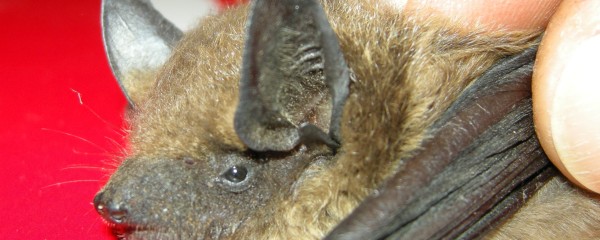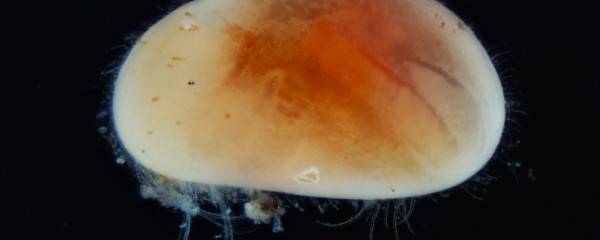Cannibals targeted Neanderthal women and children

Neanderthal bones from the Goyet caves (Namur Province) show traces of cannibalism. A 2016 study had already demonstrated this, but it now appears that all the victims were women and children. Moreover, they did not come from the Goyet region but were brought there and then consumed. The results suggest possible conflicts between human groups in Northern Europe between 45,000 and 41,000 years ago, a region and period in which Neanderthal populations were dwindling and Homo sapiens was becoming more dominant.
The Goyet caves near Namur, excavated by Edouard Dupont in the 19th century, have yielded the most important collection of Neanderthals in Northern Europe. At that time, Dupont did not yet know this. "The 101 bone remains from at least six individuals were only recently recognized," explains Patrick Semal, curator of the anthropological collections at the Institute of Natural Sciences. "A 2016 study showed that one-third of the bones - mainly from the lower limbs - show traces of cannibalism: cut marks, notches and/or circular impacts. These last traces are impacts made to break the bone in order to extract the marrow, a highly caloric soft tissue."
The fact that the Neanderthal remains were processed in a similar way to the animal remains found in the cave suggests that the local inhabitants practiced cannibalism for food. Ritual cannibalism also exists and has been observed in Neanderthals and Homo sapiens. In such cases, the bones are much less worked and broken.
Gracile women from elsewhere
The remains are highly fragmented and the archaeological context of the excavations is lacking. But by combining genetics, isotope analysis and a detailed study of morphology, the research team was able to sketch a biological portrait of the cannibalized individuals. An analysis of their nuclear DNA shows that the four adult or adolescent victims were women. The two children - one infant and one child between 6.5 and 12.5 years old - were male. The four women belong to different maternal lineages.
"The composition - women and children, without adult men - cannot be coincidental: it reflects a deliberate selection of victims by the cannibals," explains Isabelle Crevecoeur, research director at CNRS and co-author of the study. Moreover, analysis of the sulfur isotopes in the bones shows that the individuals came from another region. Indeed, sulfur is stored in bones and teeth through diet and drinking water. The isotopic composition of this element varies by region, particularly influenced by soil and rocks. "The fact that the cannibalized women and children came from elsewhere indicates 'exocannibalism': the consumption of individuals belonging to one or more external groups."
The female victims were particularly gracile: analysis of the internal structure of the fragmented long bones reveals that the femurs and tibias of the cannibalized women were much less robust than those of Neanderthals from other sites. Combined with their small stature - estimated at approximately 1.50 meters - this reinforces the hypothesis that specific individuals were targeted.
Conflicts?
All these indications lead to the conclusion that these Neanderthal women and children from elsewhere were brought to Goyet and consumed. This type of behavior is already observed in chimpanzees. Its purpose is to weaken a neighboring population or assert territorial control. Cannibalism also exists during conflicts between human groups and is well documented in ethno-archaeology.
"The Goyet site provides food for thought," says Patrick Semal. "The results indicate possible conflicts between groups at the end of the Middle Paleolithic, a period when Neanderthal groups were dwindling and Homo sapiens was in full expansion in Northern Europe. We cannot rule out that the cannibals were Homo sapiens, but we rather think they were Neanderthals. Some of the fragmented bones were also used to retouch stone tools, and this practice is known mainly among Neanderthals."
The study is published in Scientific Reports.






